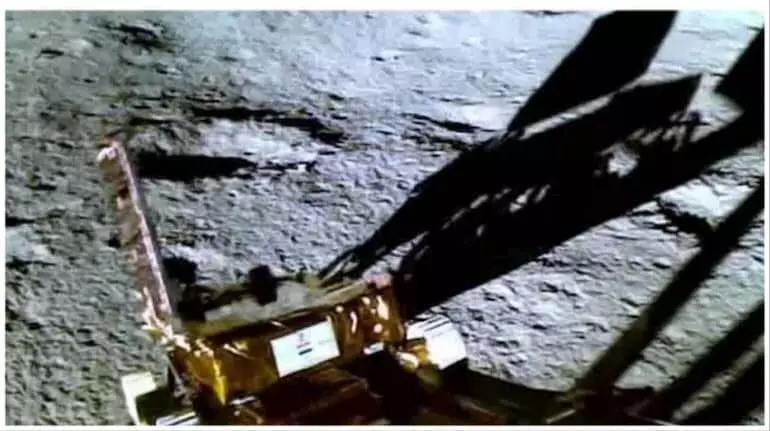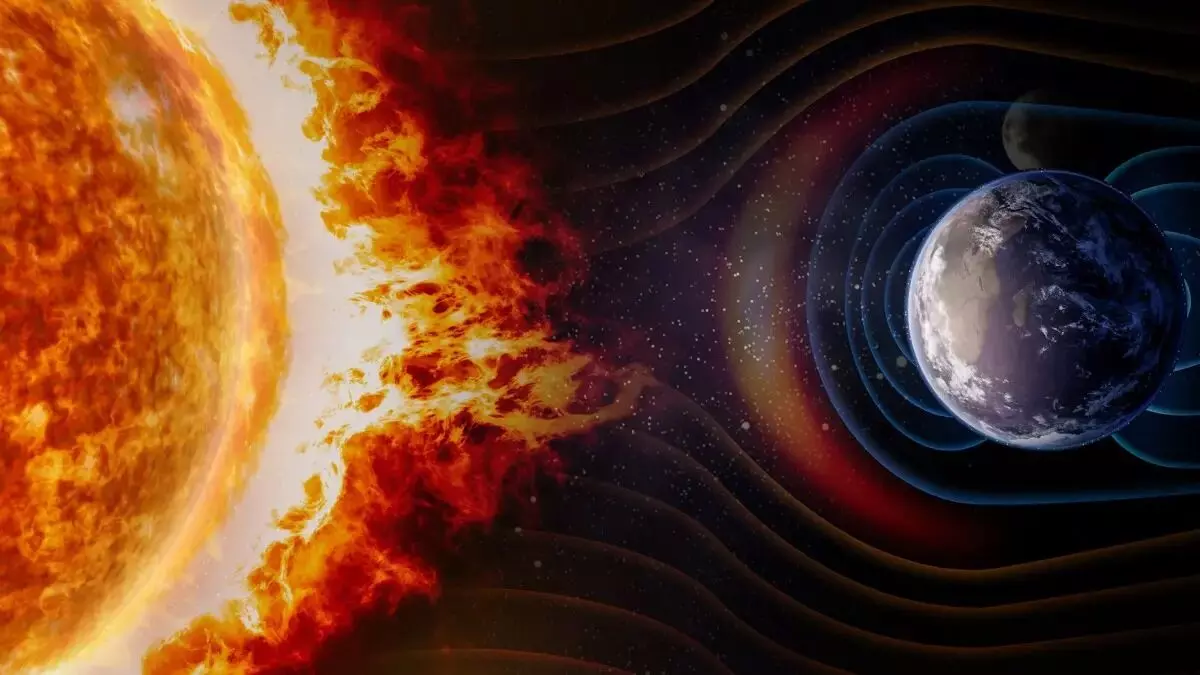
Solar storm alert issued for today; may spark auroras, power cuts
text_fieldsA solar storm is en route to Earth today, and the Space Weather Prediction Centre (SWPC) of the National Weather Service has issued a Geomagnetic Storm Watch for September 3, 2023.
Earth may experience a G1 level geomagnetic storm, which is the mildest level on the 1-5 scale.
While this geomagnetic disturbance could result in aurora displays and minor disruptions in electrical grids, navigation systems, and communication networks, it is not anticipated to be a severe occurrence, as indicated by spaceweather.com.
The SWPC has reported that a minor G1-class geomagnetic storm began on September 2nd when Earth encountered a high-speed solar wind stream generated by the Sun's release of substantial energy into space.
It is worth noting that this solar storm is distinct from two Coronal Mass Ejections (CMEs) currently heading toward Earth. The first CME departed from the sun on August 30th, while the second was launched on September 1st.
 Also Read: Indian American scientist gets ready to jump from stratosphere
Also Read: Indian American scientist gets ready to jump from stratosphere
The arrival of these CMEs on September 3rd could potentially prolong the ongoing geomagnetic storm and raise it to a G2 level.
Coronal Mass Ejections, or CMEs, are massive expulsions of plasma and magnetic fields from the Sun's corona. They can discharge billions of tons of material and carry an embedded magnetic field more potent than the interplanetary magnetic field (IMF) of the background solar wind.
CMEs travel at variable speeds, with some reaching Earth in as little as 15-18 hours, while others take several days. As they move away from the sun, CMEs increase in size, with larger ones encompassing a significant portion of the space between Earth and the sun upon arrival.
The impact of a CME on Earth's magnetosphere depends on its energy level and angle of contact. Geomagnetic storms can potentially disrupt electronics, electrical systems, and spacecraft communication, but they can also create spectacular aurora displays in the night sky.
In the case of today's G1-class geomagnetic storm, minor fluctuations in power grids may occur, particularly in northern latitudes. Satellite operations could experience minor interruptions, and aurora displays may extend further south than usual, possibly reaching areas like northern Michigan and Maine.
If the geomagnetic storm intensifies, auroras could become even more vibrant and extend further southward.
While this storm event is under close observation, it is important to note that it is expected to be relatively mild, with minimal impacts on daily life and technology.
 Also Read: India’s lunar ‘ambassador’ is put to sleep on Moon: ISRO announces
Also Read: India’s lunar ‘ambassador’ is put to sleep on Moon: ISRO announces























